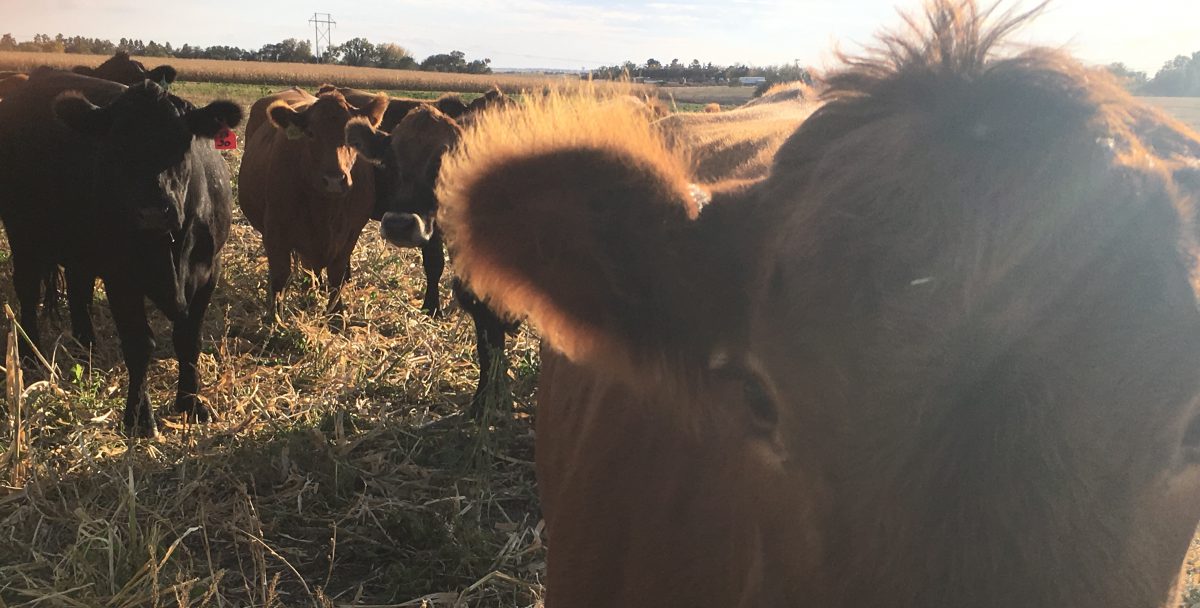
3 ways to find forage in a drought
Often, we struggle to find forage in a drought. In Nebraska, the effects of the drought are prevalent. We have seen no April showers, instead wind and grass fires. These conditions are forecast to persist. So we are going to [...]



